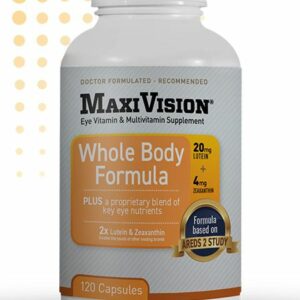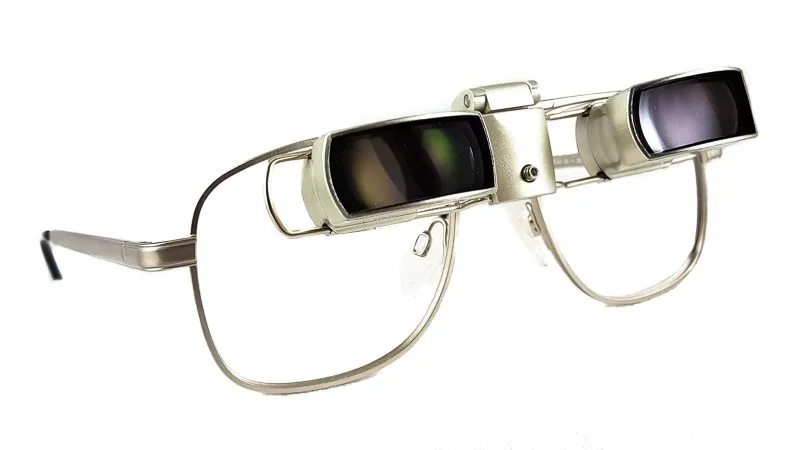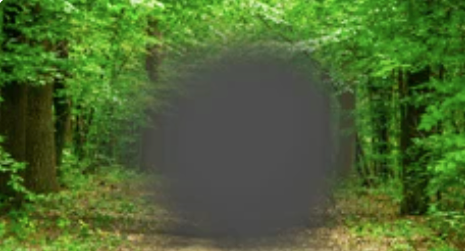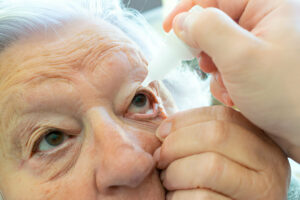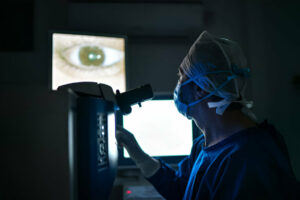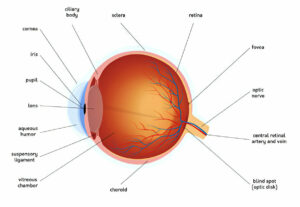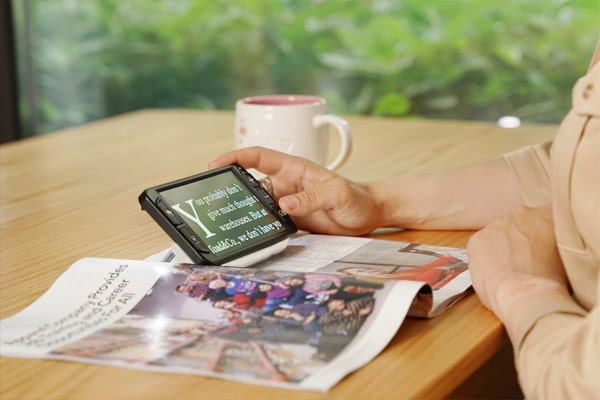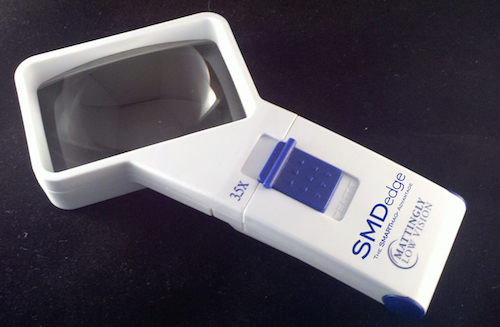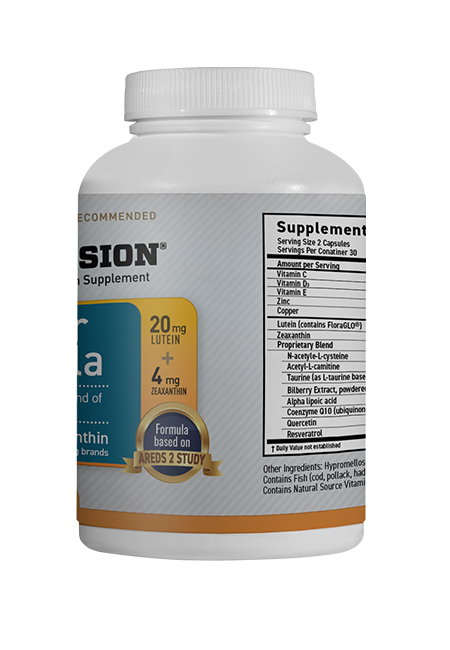
Eyelid issues are a common source of irritation and pain that may result in vision impairment. Some conditions respond well to warm compresses or medication; other require specialist surgery in order to be corrected.
Ptosis (droopy eyelids) is caused by weak muscles that lift the lids, and by strengthening these muscles to restore youthful appearance and vision improvement. Repairing them will restore youthful looks as well as improving vision.
Ectropion
Ectropion occurs when one’s eyelid turns inward causing its eyelashes and skin of the lower lid to rub against the cornea and exposed conjunctiva, leading to significant irritation to eyes and surrounding tissue as well as corneal ulcers and permanent damage to eyesight. Surgery will likely be required in order to address and prevent further issues.
Involutional Ectropion is the most frequent type of Ectropion and usually results from muscle tissues deterioration due to age or following surgery or radiation treatments on eyelid or orbit. Other causes could include skin conditions, scarring, facial injuries, Bell’s Palsy or trauma.
When eyelids turn inward, tears cannot drain properly through their punctum (tear duct) and this leads to excessive watering of the eyes and redness, tearing, and itching of the ocular surface. There are various types of ectropion; each requires specific treatments; in most instances surgical correction will likely be necessary but only under local or general anaesthesia by an experienced cosmetic and reconstructive surgeon trained in anatomy of eyelids, orbit, and tear drainage system.
Chalazion
Eyelid glands produce oils to lubricate their eyes. When these glands become clogged with oil secretions that don’t drain away properly, a bump may form at the edge of an eyelid called a chalazion – similar to styes but usually noninfected and painless.
Chalazion may regress and clear on its own within one to two months, however if this does not happen it may need treatment with warm compresses applied over the eyelid for 10 to 15 minutes at least four times daily for several months, using either lukewarm water or cream as very hot or boiling water may burn the eyelid skin. Do not attempt to squeeze or pop the chalazion as this can lead to further infection of its gland; eyelid massage using a clean washcloth can also help release oils from this gland; for large cases or severe cases medication such as antibiotic ointment/drops/or oral antibiotics may be prescribed;
Beraja Medical Institute can help if your chalazion persists despite home care; simply call our office or book online now for expert diagnosis and treatment services.
Trichiasis
Trichiasis occurs when eyelashes rub against the cornea and cause it to become scarred and opaque (clerical opacity), leaving behind scarring that becomes permanent (clerical opacity). In such instances, small amounts of eyelash rub against cornea, leaving scars and opaqueness (clerical opacity). Trichiasis may lead to conjunctival abrasions, chronic ocular surface disease or in extreme cases ulceration – leading to itching, tear production or feeling something foreign inside eyes (clerical opacity). Symptoms include itching/tearing and feeling something foreign in eyes (symptoms include itching/tearing and sensation of having something foreign in eyes).
Treatment for distichiasis and trichomasis typically includes epilation or the use of hot cautery to cut away at lash follicles, followed by laser applications or freezing to stop eyelashes from making contact with cornea. An ophthalmologist may also perform marginal entropion surgery where meibomian gland orifices are rolled down and covered by conjunctiva without fully inverting as seen with true entropion surgery.
Surgery to correct trichiasis significantly lowers the risk of irreversible corneal opacification and blindness; however, recurrence rates in many endemic areas remain high. Encouraging early uptake and careful sterilisation are crucial components to improving results; training non-medical personnel from remote communities under supervision by trained ophthalmologists to perform these lifesaving surgeries could provide cost-effective access for certain populations; radiofrequency technology for ablation may also provide benefits in some circumstances.
Basal Cell Carcinoma
Basal Cell Carcinoma (BCC) is a slow-growing cancer that may not appear serious at first glance; nonetheless, early treatment must always be sought. BCC is the most prevalent of skin cancers; typically found on sun-exposed areas like the face and neck but can appear almost anywhere; typically seen as reddish patches, scaly bumps, open sores that do not heal quickly, bleed easily or appear reddish in color with multiple sores around its base that have reddish tinting; often mistaken as psoriasis or localized Dermatitis so early diagnosis and treatment are essential.
BCC can be divided into four main categories, nodulo-ulcerative, superficial, pigmented and morpheaform. Nodulo-ulcerative BCC appears as a pearly bump with reddish, pink or white margins that ulcerates; superficial BCCs appear red or pink with shiny surfaces and translucent properties; pigmented BCCs produce colors similar to their surroundings and may resemble moles or freckles; and finally morpheaform BCCs form flat scar-like plaques often flesh-colored or light red with vague borders.
Biopsy procedures involve extracting a small sample of the lesion for analysis; either shave technique or punch biopsy will usually provide adequate material for accurate histological subtyping. Treatment plans depend on both its type and location – for large tumors Mohs micrographic surgery offers superior effectiveness with the lowest recurrence rate while excision, electrodesiccation with curettage or electrodesiccation are suitable solutions for smaller lesions. Preventative measures include wearing tightly woven clothing, limiting sun exposure and using sunscreen; preventative measures also include wearing tightly woven clothing, limiting sun exposure as well as using sunscreen; additionally Nevoid Basal Cell Cancer Syndrome is an inherited group of genetic defects passed through families that increases risk for multiple BCCs along with noncancerous growths within eye, nervous system glands or bones as well as multiple BCCs as multiple BCCs appearing.
Hidrocystoma
Hidrocystoma is a benign cystic lesion of the skin that is usually composed of multiple lesions. It may arise from either sweat glands (eccrine gland), sebaceous glands surrounding hair follicles (sebaceous glands), or both sources simultaneously1. Common causes for hidrocystomas include chalazion – an eyelid reaction of oil glands on eyelid granulation; or the nasolacrimal duct cyst (cyst related to nasal lacrimal drooping).
Eccrine hidrocystomas appear as flesh-colored to gray or blue dome-shaped papules that do not extend from the margin of an eyelid 2. Multiple hidrocystomas may also be found on both the forehead and periorbital region, though solitary ones are most frequently located near the forehead or lateral neck areas while multiple ones are most prevalent there 3.
Solitary hidrocystomas that do not involve the margin of an eyelid are typically caused by eccrine glands. They can be distinguished from other lesions on the eyelid such as pyogenic granulomas, actinic keratoses and molluscum contagiosum by their tight appearance; typically an eccrine hidrocystoma tends to be larger than others and more flesh-colored in hue.
Intratarsal keratinous cysts, also referred to as meibomian gland ductal cysts or intratarsal epidermal inclusion cysts or Zeiss and Moll 4 cysts, are relatively recent additions to the spectrum of hidrocystomas. These lesions tend to form closer to oil glands (meibomian glands) than with epidermal cysts that form on eyelids generally and differ significantly from epidermal cysts that form elsewhere on eyelids or eyelids. Although difficult to treat, surgical excision, curettage electrocautery cryosurgery or cryosurgery are among treatment options used as well as different laser therapies are effective.
Molluscum Contagiosum
Molluscum contagiosum (mol-lus-kum-contay-OH-sum) is a viral skin condition that typically results in a mild rash, typically comprising numerous small wart-like bumps with pink, white or flesh-colored bases resembling warts – often with dimples at their center – appearing anywhere on the body. They are painless but may itch; scratching can introduce bacteria that could potentially become infected with even more. Children usually get around ten to twenty of these bumps while adults (such as those living with HIV) could potentially encounter over 100.
Molluscum virus spreads easily from person to person, particularly among young children and adults who come into direct skin-to-skin contact frequently with others such as sharing towels and clothes or playing contact sports such as wrestling. Although the exact reason why swimming pools become an avenue for spreading Molluscum remains unknown.
These bumps begin as firm pearly or flesh-colored papules that can grow 2-5 millimeters wide. Each papule is covered by a thin layer of white waxy or cheesy material encasing its exterior surface, which often causes it to expand rapidly in people with weak immune systems, including those living with HIV/AIDS, or by repeated exposure to chlorine and soap irritants.
Most often, these rash-like bumps clear up on their own without medical intervention; however, for some individuals the lesions can take months or years to disappear completely. A dermatologist may prescribe medications like cantharidin (beetle juice), podophyllotoxin (podofilox) for adults, or trichloroacetic acid/tretinoin/tazarotene for children as ways to help hasten their resolution faster.
